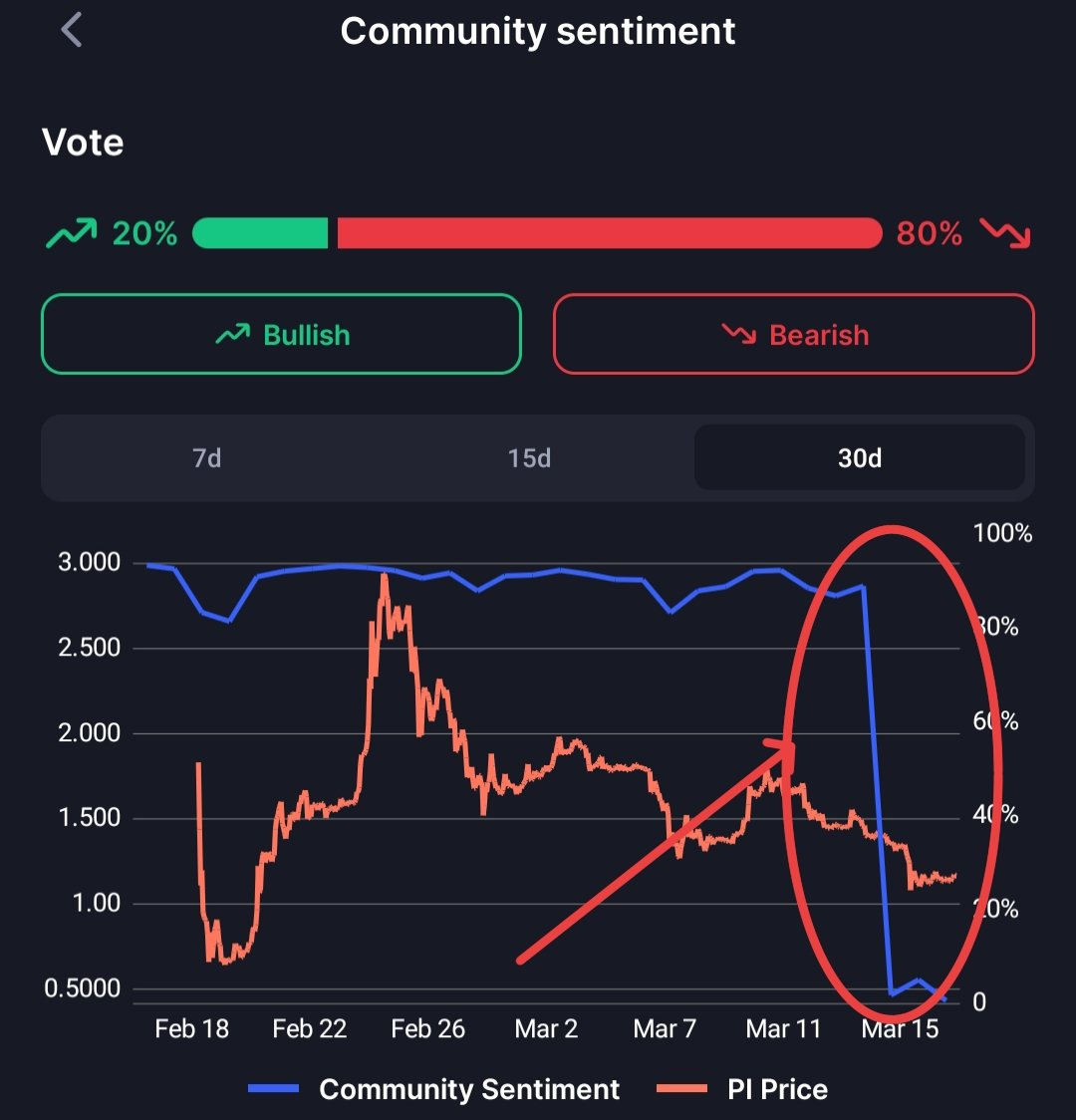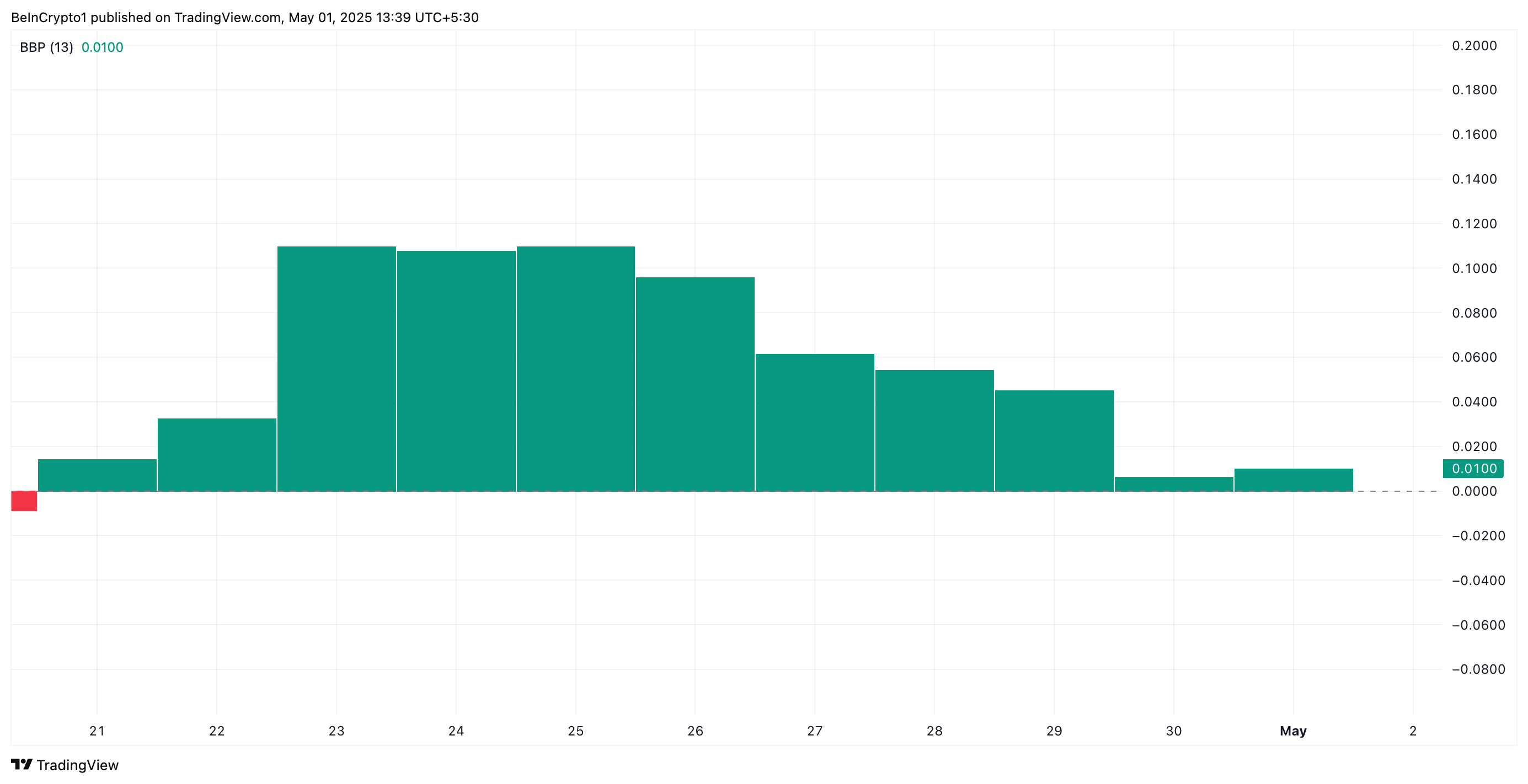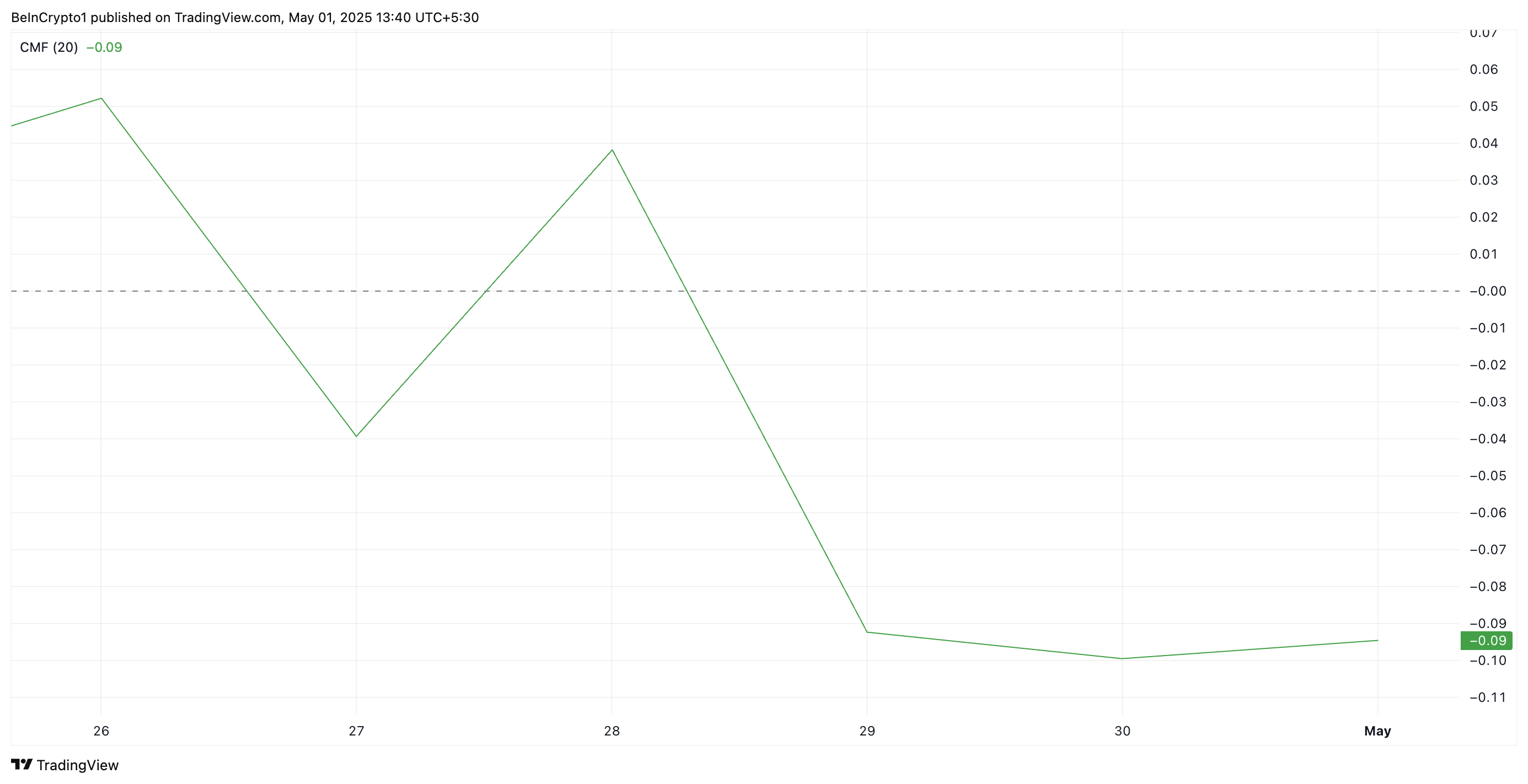Pi Network’s community sentiment poll on CoinMarketCap fell dramatically today, leading to allegations of bot activity. Negative votes swarmed the site’s poll, while other community ratings stayed positive.
However, there is no clear proof either for or against these claims. Pi Network has suffered criticism and price setbacks recently, and its supporters have swayed polls, votes, and ratings on multiple occasions.
Did Bots Sabotage Pi Network’s Community Sentiment?
Since its launch on February 20, Pi Network has seen more than its share of controversies. Critics have attacked its accessibility, governance, transparency, and more, and multiple governments have called it a scam.
Today, however, Pi supporters raised concerns about bot activity on CoinMarketCap after the token’s community sentiment plummeted:
“It looks like somebody is using bots to vote against PI. I am 99% sure this is not an organic poll. Over 1.94 Million votes is even bigger than the BTC vote. 77% of the PI community is bullish on CoinGecko. Why is it so different on CoinMarketCap?” a Pioneer asked on social media.
Specifically, this user noted that Pi’s community sentiment plunged 90% in less than a day and that this poll had more participants than Bitcoin’s.
Other platforms with a similar voting mechanism kept Pi’s rating steady, leading him to conclude that bot activity was involved.

It’s very difficult to assess the veracity of these Pi Network bot allegations for several reasons. First of all, the token’s price has suffered dramatically this week.
Many users lost huge sums of Pi tokens after the KYC migration deadline, and massive investor sell-offs have triggered a price rout. Some of this negative sentiment may be genuine.
Additionally, it’s interesting that CoinMarketCap is the only platform involved in the Pi Network bot voting allegations. The firm refused to acknowledge Pi as one of the largest tokens by market cap, but it eventually relented.
Either the platform or its community could bear resentment towards Pi after these setbacks.
Furthermore, the community does have a reputation for vote brigading. Bybit’s CEO has repeatedly criticized Pi, and the token’s supporters review-bombed the Bybit app in response. They did a similar practice with Binance after the exchange delayed a Pi listing.
Ultimately, it seems very unlikely that disgruntled Pi supporters or committed haters spiked this poll without any bot activity. The negative votes came in absurdly fast, were isolated to one platform, and exceeded the votes for even the largest cryptoassets.
As of now, it remains challenging to find definitive proof either way.
The post Pi Network Users Allege Bot Activity on CoinMarketCap Affecting Community Sentiment appeared first on BeInCrypto.









